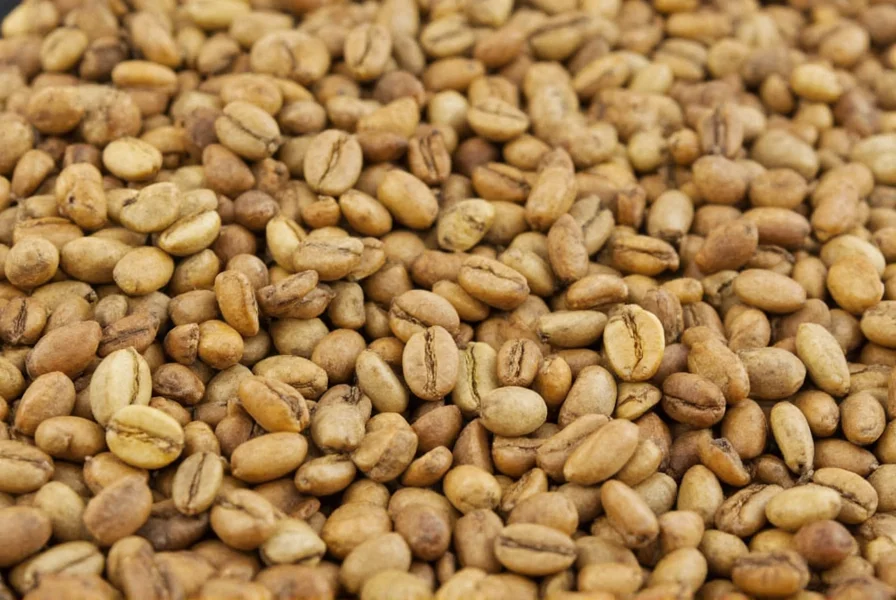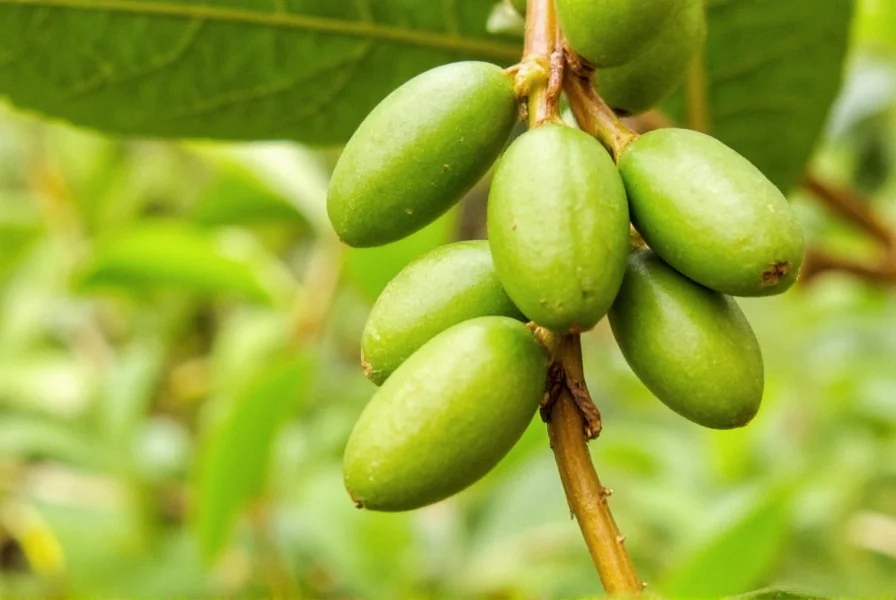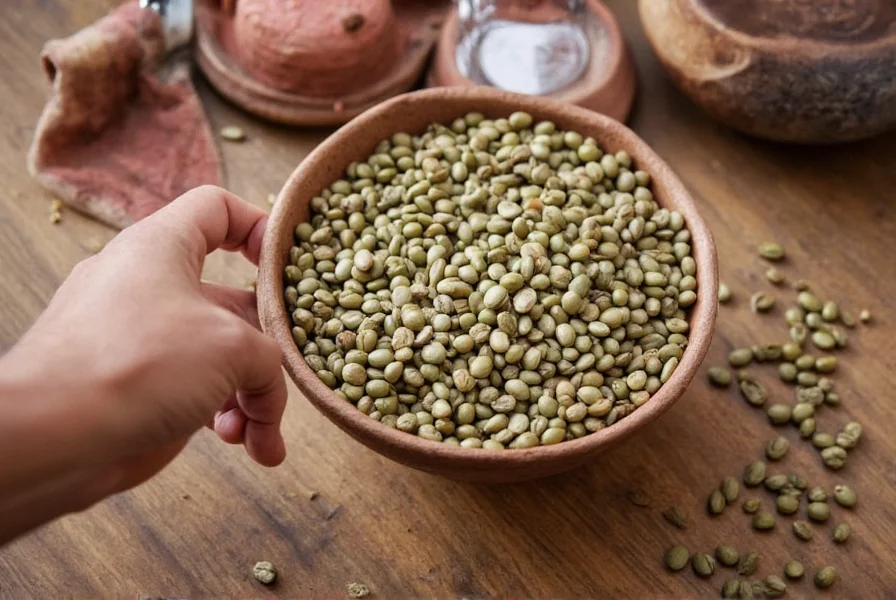For coffee enthusiasts seeking to expand their palate, cardamom coffee offers a sophisticated flavor experience that transforms the ordinary cup into something extraordinary. Unlike flavored coffee syrups or artificial additives, authentic cardamom coffee uses whole cardamom pods or freshly ground seeds that release their essential oils during brewing, creating a complex synergy with coffee's natural compounds.
The Cultural Journey of Cardamom Coffee
Cardamom coffee's history spans continents and centuries. In the Arabian Peninsula, particularly Saudi Arabia and the UAE, Arabic cardamom coffee (qahwa) serves as a symbol of hospitality, traditionally prepared in a dallah (special coffee pot) and served in small finjan cups. This preparation typically uses lightly roasted coffee beans with one or two green cardamom pods per cup.
Scandinavian countries, especially Sweden and Finland, developed their own Swedish cardamom coffee tradition through historical trade routes. Nordic preparations often incorporate ground cardamom directly into the coffee grounds before brewing, creating a more integrated flavor profile that complements their strong coffee culture.
Indian coffee culture features cardamom coffee preparation method in South Indian filter coffee, where cardamom joins other spices like cinnamon and cloves in creating a rich, aromatic beverage typically served with milk and sugar. Each region's approach reflects local preferences for coffee strength, spice intensity, and serving traditions.
Understanding Cardamom Coffee Flavor Profile
When exploring what does cardamom coffee taste like, the experience unfolds in layers. Cardamom's primary flavor compounds— cineole and limonene—contribute bright citrus notes that cut through coffee's natural bitterness. The spice adds subtle floral undertones with a warm, slightly medicinal finish that cleanses the palate.
The quality of cardamom significantly impacts the final beverage. Green cardamom (Elettaria cardamomum) provides the most desirable flavor for coffee, with its delicate balance of sweet and spicy notes. Black cardamom, while excellent in savory dishes, contains smokier compounds that can overwhelm coffee's subtleties.
| Cardamom Type | Best For Coffee? | Flavor Characteristics | Recommended Ratio |
|---|---|---|---|
| Green Cardamom (fresh pods) | ✓ Ideal | Citrusy, floral, slightly sweet | 1 pod per 6oz coffee |
| Green Cardamom (ground) | ✓ Good | Stronger, more intense | 1/8 tsp per 6oz coffee |
| Black Cardamom | ✗ Not recommended | Smoky, camphorous | Avoid for coffee |
| Cardamom Extract | △ Acceptable | Artificial, one-dimensional | Follow package instructions |
Traditional Cardamom Coffee Preparation Methods
Mastering the traditional cardamom coffee recipe requires attention to timing and technique. The most authentic approach involves crushing whole cardamom pods just before brewing to release volatile oils that quickly dissipate when exposed to air. For Arabic-style preparation:
- Crush 1-2 green cardamom pods per serving with a mortar and pestle
- Add crushed cardamom to lightly roasted coffee grounds
- Brew using a cezve (Turkish coffee pot) or dallah over low heat
- Allow mixture to foam three times before serving
- Serve without filtering to enjoy the spice sediment
For those using standard drip coffee makers, the how to make cardamom coffee process adapts by adding ground cardamom directly to the coffee filter. Use freshly ground beans and add 1/8 teaspoon of freshly ground cardamom per tablespoon of coffee grounds. The key is to avoid pre-ground cardamom powder, which loses potency within days.

Modern Adaptations and Creative Variations
Contemporary coffee culture has embraced cardamom coffee health properties while developing innovative preparations. Cold brew cardamom coffee has gained popularity, where cardamom pods steep with coarse coffee grounds in cold water for 18-24 hours. This method extracts cardamom's essential oils more gradually, creating a smoother, less acidic beverage.
For those exploring cardamom coffee benefits, it's important to distinguish between traditional uses and scientific evidence. Cardamom contains antioxidants and compounds that have been studied for digestive support in traditional medicine systems, though these properties shouldn't be overstated as medical benefits. The aromatic compounds may enhance the sensory experience of coffee drinking, potentially contributing to mindful consumption.
When selecting ingredients for best cardamom for coffee, prioritize freshness. Whole green cardamom pods should feel heavy for their size with a vibrant green color and springy texture. Avoid pods that appear dry, brittle, or have lost their triangular shape. Store cardamom in an airtight container away from light and heat to preserve volatile oils.
Common Cardamom Coffee Mistakes to Avoid
Many home baristas make critical errors when attempting cardamom coffee preparation. The most frequent mistake involves using pre-ground cardamom, which loses 70% of its essential oils within two weeks of grinding. Another common issue is adding cardamom too late in the brewing process, preventing proper extraction of flavor compounds.
Overuse of cardamom can overwhelm coffee's natural flavors—start with one pod per 6 ounces of water and adjust to taste. Using dark roast coffee with cardamom creates excessive bitterness, as the spice's bright notes contrast poorly with heavily roasted beans. Light to medium roasts provide the ideal canvas for cardamom's complex flavor profile.

Perfecting Your Cardamom Coffee Experience
For optimal results in your cardamom coffee brewing journey, consider these professional tips:
- Crush cardamom pods just before brewing to maximize flavor release
- Use filtered water at 195-205°F (90-96°C) for ideal extraction
- Adjust cardamom quantity based on freshness—older pods require more
- Experiment with complementary spices like a pinch of cinnamon
- Serve immediately after brewing to enjoy volatile aromatic compounds
The art of preparing authentic cardamom coffee lies in respecting the delicate balance between coffee and spice. When executed properly, this ancient combination creates a beverage that's simultaneously familiar and intriguingly complex—a testament to how thoughtful ingredient pairing can elevate everyday rituals.











 浙公网安备
33010002000092号
浙公网安备
33010002000092号 浙B2-20120091-4
浙B2-20120091-4